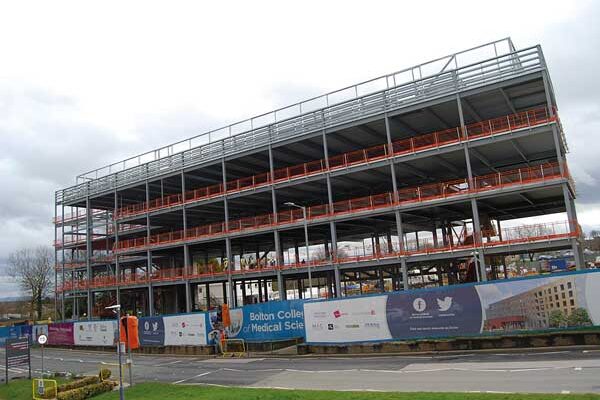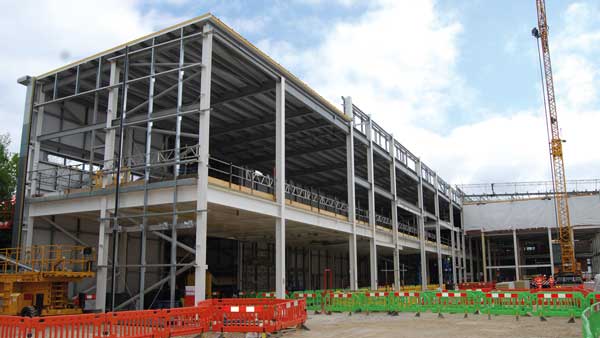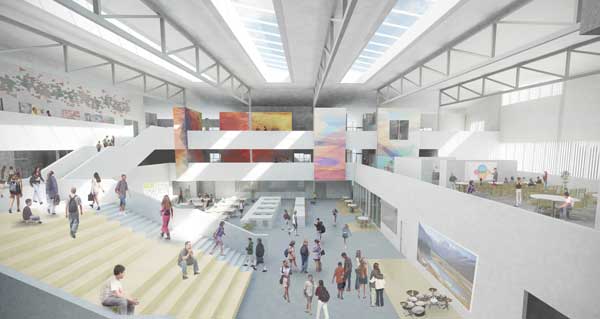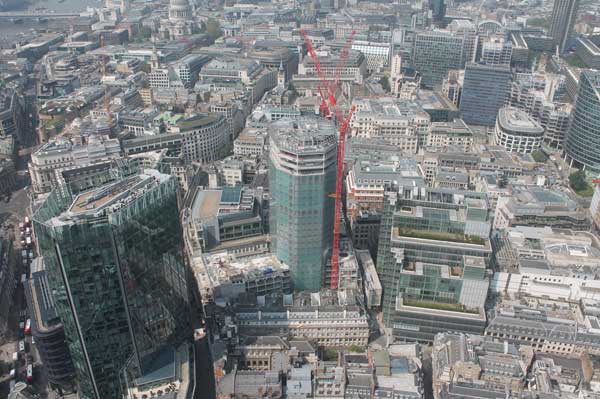SSDA Awards
Merit: Waterford Fire Station
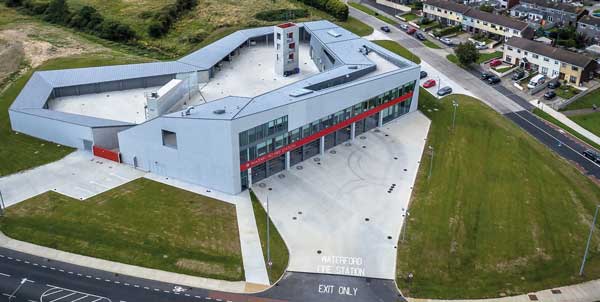 The new Waterford Fire Station’s form derives from tracking movements of fire tenders leaving the appliance bays at speed and returning after firefighting.
The new Waterford Fire Station’s form derives from tracking movements of fire tenders leaving the appliance bays at speed and returning after firefighting.
FACT FILE
Architect: McCullough Mulvin Architects
Structural engineer: O’Connor Sutton Cronin
Steelwork contractor: Steel & Roofing Systems
Main contractor: Duggan Brothers Contractors Ltd
Client: Waterford City & County CouncilThe design of the new fire station in the Irish city of Waterford consists of a strong form, wrapped in zinc, which is folded – origami-like – to enclose a drill yard with different training zones.
Organised in a spiral, rising from single storey vehicle parking, workshops and dormitories to first floor offices, canteen, leisure and study facilities and terminating at a second floor lecture theatre, the zinc roof is angled and cut away to provide sheltered inside-outside spaces overlooking the yard, where the drill tower acts as an urban beacon in a new public space.
Founded on strip foundations, the steel structure supports precast concrete planks, which form the floor slab. The building is formed from inclined planes and folded volumes, and the flexibility in design of the steelwork facilitated the complex geometries of the structure, while expediting the follow-on trades; zinc, drywall, blockwork, mechanical and electrical services. This allowed a shorter and simpler build programme.
Steel trusses are utilised to give wide spans in the appliance bay and facilitate the appliances driving to and from the drill yard to outside active duty.
“The use of steel to form the structural skeleton provided a quick and cost-effective solution for this relatively low budget facility,” says McCullough Mulvin Architects Associate Coran O’Connor.
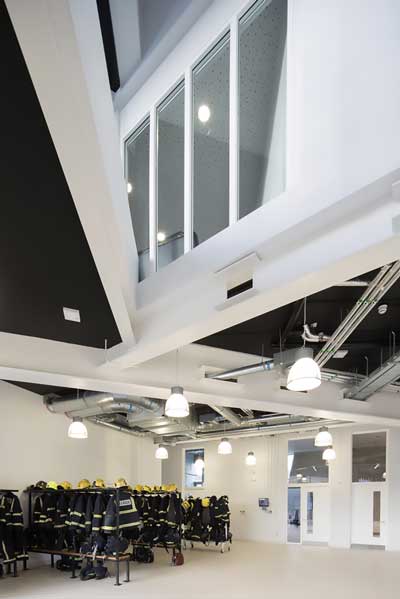 “The vehicular trafficked areas of the ground floor required large spans and integration of mechanical ventilation systems. The large span trussed structures provide efficient floor constructions that also allow future flexible floorplates for the building users.”
“The vehicular trafficked areas of the ground floor required large spans and integration of mechanical ventilation systems. The large span trussed structures provide efficient floor constructions that also allow future flexible floorplates for the building users.”
Steel also provided a high-quality aesthetic for exposed frames in both the working areas of the ground floor and in the offices and socials areas of the upper floors.
The building brings together many differing uses, requiring a variety of structural solutions to achieve the desired functionality for the client.
The large open-plan appliance bay, with sufficient space for 10 appliances, is achieved using long span steel trusses. Above this open space, a mixture of blockwork and steel provides the structure to the office area.
A second wing, consisting of load bearing blockwork and precast hollowcore slabs, provides training facilities and living quarters over two storeys.
Both wings of the building, together with a covered car parking area to the rear, serve to enclose the large central training yard. The roof to all covered areas consists of a steel frame sloped to suit the profile of the roof and supporting a timber build-up underlying the finished sheeting.
“All of the team members worked closely with the building contractors to achieve the precise geometries set out in the contract. The steelwork contractor needed to resolve a number of bespoke steel connections to comply with the design and achieve the architectural intent,” says Mr O’Connor.
Summing up, the judges say the scheme is characterised by the architectural concept of a ribbon of accommodation wrapping around a courtyard in which emergency vehicles circulate and drills are carried out. The distinctive ‘origami-folded’ roof, formed from cranked steel beams, twists and rises over the different levels of accommodation. A most interesting addition to the town.








